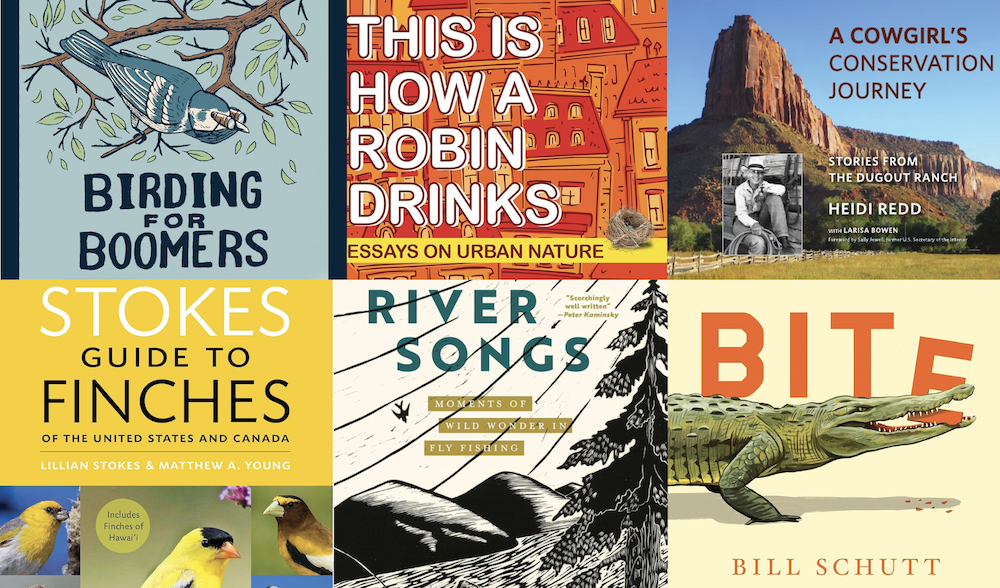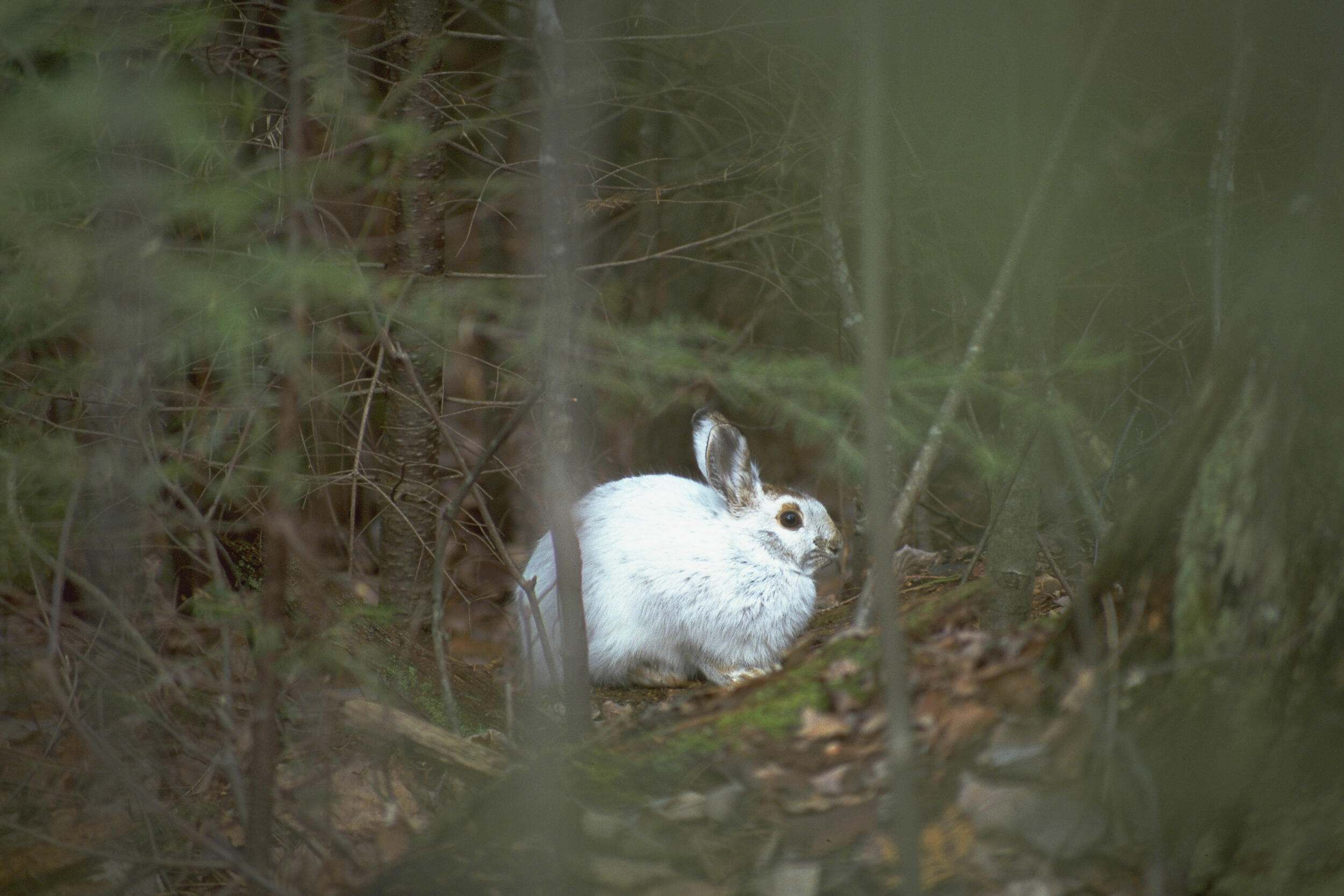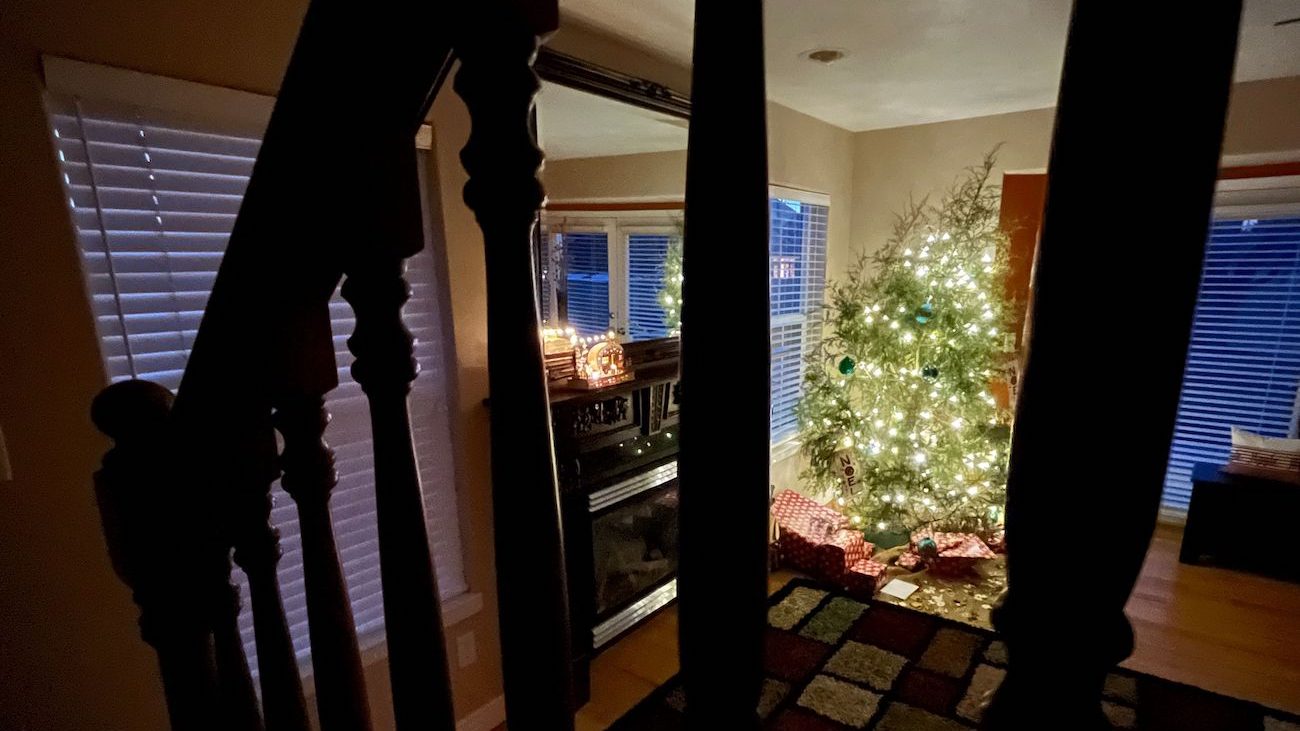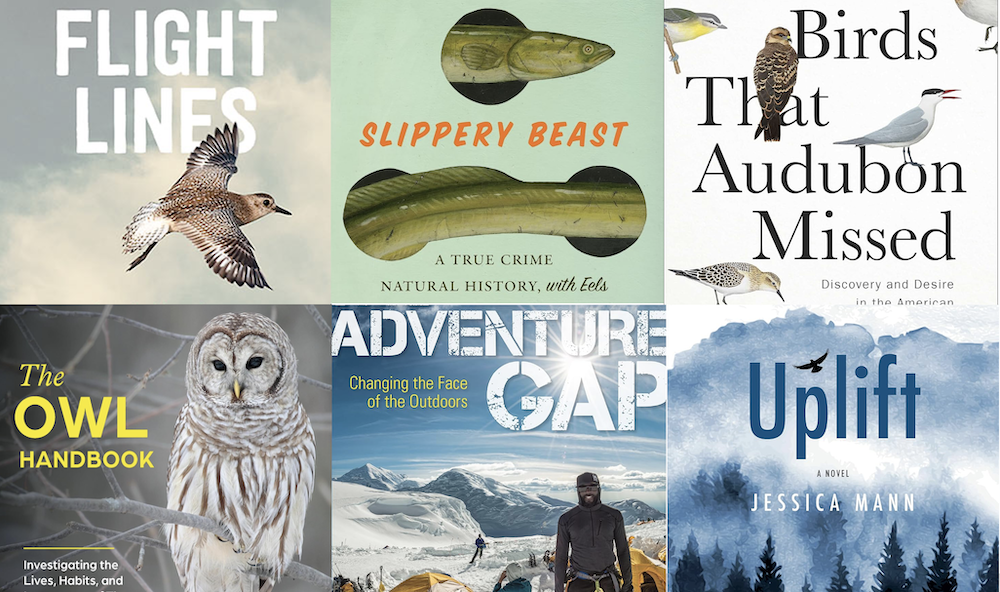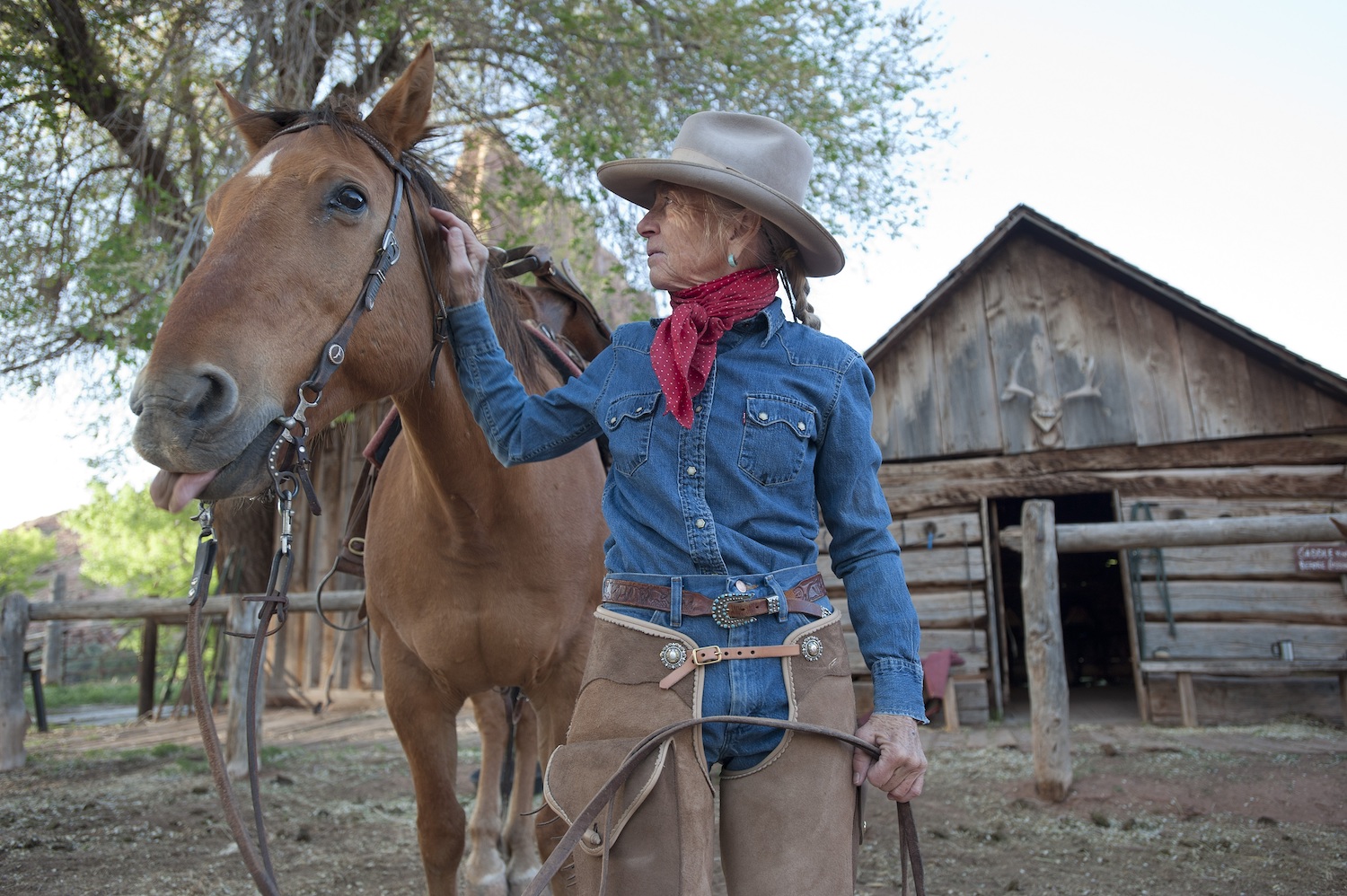When I get home from time afield, my first stop is often the bookshelf. Maybe I want to identify that unfamiliar lizard I saw skittering over the rocks. Maybe I saw a new bird behavior and I’m looking for an explanation.
Other times, though, my collection of nature, science and outdoor books is a way to extend my time outside. For me, it’s reassuring to read stories by someone similarly obsessed, making me feel a bit less peculiar.
This edition of our book review features some new titles that can add depth to your own explorations in nature, whether you bird or fish, want an inspirational conservation story or simply want to better understand the creatures that share your neighborhood.
Top 10 List
-
The celebration of urban nature is a welcome trend in nature writing and This Is How a Robin Drinks is one of the best in this subgenre. Joanna Brichetto notes in one chapter that “I hunt for marvels that tolerate intolerable conditions.” She knows that a curious naturalist finds marvels anywhere, “in the backyard, the sidewealk, the park, the parking lot, connected by urgent wonder.”
That wonder is apparent throughout this fine collection of essays, whether Brichetto is contemplating a hawk on a church steeple or the plants that poke out between sidewalk cracks. I particularly appreciate her attention to the flora that lives on the edges, the gingko trees and backyard sunflowers and moss growing on buildings. Her essay “At a Red Light on Music Row” is one of my favorite essays on trees I’ve ever read (and it’s all-too-relatable for this backyard naturalist).
I love the author’s attention to seeing – really seeing – the wonders that are all around us, every day. The world, even the developed world, is still full of beauty, if only we take the time to look.
-
After she graduated college, Heidi Redd joined her then-husband Robert Redd in owning the iconic Dugout Ranch in Utah’s canyon country. She would go on to run the ranch by herself for nearly two decades. When the ranch was threatened by development, she worked with The Nature Conservancy on a unique partnership, one that has resulted in land protection as well as research on sustainable grazing.
A Cowgirl’s Conservation Journey is Redd’s life story, and what a story (and what a life) it is. Published by TNC, the book is packed with tales of life on the range. It’s all here: the roundups and horses, close calls and wildlife encounters, and the many highs and lows of a ranching life in rugged country.
Redd did not want this legacy to be lost under resort homes and golf courses, the fate of many such ranches. The conservation story is worth the book, an honest account of how she worked with TNC to shape a hopeful future that extends beyond the ranch’s borders.
-
I’ve reviewed most of Bill Schutt’s books over the years, because they’re what great science writing should be. He combines his own firsthand biological field experience with the latest cutting-edge research. He also draws on fun pop culture sources including cheesy horror flicks. And his books are filled with the kind of “cool creature facts” that readers of Cool Green Science will enjoy.
Schutt’s latest book, Bite: An Incisive History of Teeth, From Hagfish to Humans, doesn’t disappoint. It’s packed with stories of the fangs, tusks and teeth (or lack thereof) of various creatures. This wide-ranging book covers everything from rattlesnake bites to the often nightmarish history of dentistry. There are narwhals and vampire bats and echidnas, and how their teeth enabled them to take advantage of food resources.
And Schutt is perhaps at his best when busting myths, whether it’s the disturbing saga of the candiru, the fish that allegedly makes people phobic about peeing in the Amazon, to the real story of George Washington’s dentures. It’s a funny, insightful and surprising look at our mouths (and the mouths of fellow creatures) from a naturalist’s perspective.
-
Despite the title, this book is an accessible introduction to birding, regardless your age. Sneed Collard breaks down just about everything you need to know to get started at this sport. He shares his own experiences – he took up the activity to spend time with his son – and offers tips that make identifying birds less intimidating.
Collard writes with a breezy, often humorous style, accentuated by the fun illustrations Tanner Barkin. He covers everything from field guides to binocular selection, from backyard bird feeding to booking a birding tour.
And he’s devoted to making birding a sport “accessible to all.” The book does cover areas of concern for aging birders, including dealing with physical limitations, hearing loss and eyesight issues. I was happy to see the final section, which details how to give back to the birds, from steps you can take in your yard to engaging in policy issues.
-
One thing that has aided birders, both beginning and expert, is the proliferation of specialized field guides. I love guides that break down difficult-to-identify bird families. This new Stokes guide, devoted to finches, is a welcome addition to my field guide library.
The guide covers 18 main breeding finches of the United States and Canada, 8 vagrant finches and Hawaii’s 17 endemic finch species. The attention to detail is impressive. It includes full-color photos showing males, females, immature finches, breeding and winter plumages, and subspecies. There’s detailed information on song and range maps.
And each chapter starts with a personal essay about the finch species. In short, there’s a lot here to keep a bird nerd occupied for many evenings. But it’s also a great book for even the backyard bird watcher; the Stokes guide includes information on seeing these birds at feeders and how to attract them. A specialized but eminently useable guide.
-
Steve Duda writes so vividly of his days on the water that you can almost feel the river current – and the hangover. This is not one of those exercises in navel gazing that make up some “fly fishing and the meaning of life” books. This is fly fishing presented not as a lifestyle but as a part of a meaningful, messy life.
Duda, who is currently editor of Fish Tales for Patagonia, knows how to turn a phrase and tell a story. In some of my favorites in this volume, no fish are even caught. Take his story that recounts an encounter of the closest kind with a swallow: “But to describe what happens when a swallow takes wing is to condense our dreams of flight and firecracker them in a shower of iridescence.”
Duda gets what’s important, the healthy waters and beautiful fish and the friendships we make along the way. He captures the whole experience, the dusty roads and too-late nights that characterize fishing road trips, and also that realization that we aren’t as young as we once were. If you fish, or just love time along rivers, you’ll likely feel – as I did – like you’re spending time around a campfire with an old friend.
I’m Manas Ranjan Sahoo: Founder of “Webtirety Software”. I’m a Full-time Software Professional and an aspiring entrepreneur, dedicated to growing this platform as large as possible. I love to Write Blogs on Software, Mobile applications, Web Technology, eCommerce, SEO, and about My experience with Life.

